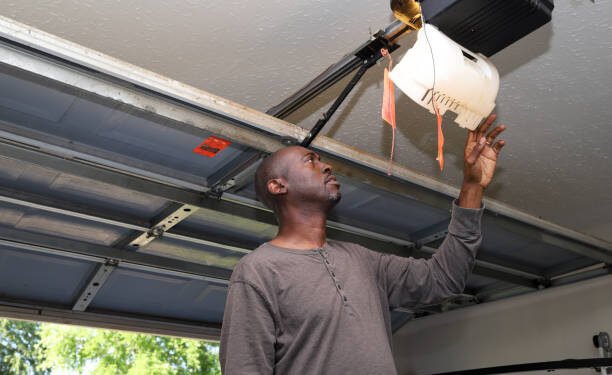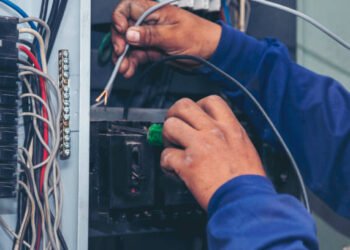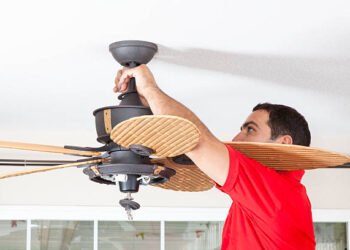A malfunctioning garage door opener can disrupt your daily routine and compromise home security. Whether you need to replace garage door opener units entirely or simply perform a garage door opener battery replacement, this comprehensive guide will walk you through the process with expert tips and safety precautions.
Modern garage door openers offer enhanced features like smart connectivity, quieter operation, and improved safety sensors. By understanding when and how to replace your opener or its batteries, you can maintain smooth, reliable access to your garage.
Signs You Need to Replace Your Garage Door Opener
Before starting your project, watch for these red flags:
- Unusual grinding or screeching noises
- Frequent reversing or failure to open/close completely
- Delayed response to remote commands
- Outdated technology (lacking safety sensors or smart features)
Types of Garage Door Openers
- Chain-Drive – Affordable but noisy (best for detached garages)
- Belt-Drive – Quiet operation (ideal for attached garages)
- Screw-Drive – Low maintenance (suits moderate climates)
- Smart Openers – Wi-Fi enabled for remote control via smartphone
How to Replace Garage Door Opener (Step-by-Step)
1: Choose a Replacement Model
Match the opener’s horsepower (½ HP for single doors, ¾+ HP for heavy doors) and ensure compatibility with your door type.
2: Disconnect Power & Remove the Old Opener
- Unplug the unit or turn off the circuit breaker.
- Detach the opener from the door bracket and ceiling mount.
- Disconnect wiring and safety sensors.
3: Install the New Garage Door Opener
- Mount the rail to the motor unit per instructions.
- Secure the opener to the ceiling joists.
- Reattach the door bracket and connect the safety sensors.
- Program remotes/keypads and test alignment.
4: Balance & Adjust Settings
Ensure the door opens/closes smoothly and adjust force/limit settings if needed.
Garage Door Opener Battery Replacement Guide
If your remote or backup battery fails:
- For Remotes:
- Slide open the battery compartment (typically requires a coin).
- Replace old batteries (usually CR2032 or AA/AAA) with new ones.
- Reprogram the remote if unresponsive.
- For Backup Batteries (Smart Openers):
- Locate the battery compartment (often near the motor).
- Swap the sealed lead-acid battery (12V 7-9Ah) with an identical model.
- Test the backup function by unplugging the opener.
FAQs About Garage Opener Replacement
1. How long do garage door openers typically last?
Most units last 10–15 years. Noisy operation or frequent repairs signal it’s time to replace garage door opener systems.
2. Can I install a garage door opener myself?
Yes, if you’re comfortable with basic tools and wiring. However, professional installation ensures proper alignment and safety.
3. Why does my garage door opener remote keep dying?
Frequent garage door opener battery replacement may indicate:
- Old/bulk-purchased batteries (use fresh, name-brand cells)
- A stuck button draining power
- Electrical issues in the remote
Pro Tips for Longevity
- Lubricate chains/screws annually with silicone spray.
- Test safety sensors monthly by waving an object under the door.
- Upgrade to a smart opener for real-time alerts and control.





